Sending Alerts to the Public - A Best Practices Guide
There are many reasons why you might want to send a notification to your public. This article is to assist with best practices to help determine the best way for your public to receive information based on the severity of the event.
It is difficult, if not impossible, to encourage your residents and businesses to subscribe to receive alerts and notifications from your agency.
Providing options like: public sign up URL, text to join, mobile app and general public outreach is imperative. Promote reasons why your residents should provide information to get specific alert types. Konexus can provide flyers or QR Codes to assist with your public outreach campaign.
All governments have an obligation to protect their citizens. Alert and Warning strategies need to take into consideration the type of event and deliver these messages according to the severity of the event to avoid alert fatigue.
Capturing information is step 1. Being responsible about the types of alerts sent and how they are delivered is step 2, and the most important. The last thing you want is for your public to get alert fatigue and unsubscribe because your agency is not using best practices with public communication. The following image reflects the information that should be included in all emergency messages.

Weather alerts are not considered emergencies. Unless your agency is actively sending additional information regarding the event to help mitigate citizen loss of life, property or offering assistance, these alerts do not qualify as emergencies. Your public sign up page has options for the public to subscribe to automated weather alerts sent by the National Weather Service based on their subscribed address. Weather alerts never qualify for ETN (Emergency Telephone Notification) to landlines. Those recipients did not agree to receive notifications and your agency is not authorized to send alerts to landlines unless it is an emergency, per FCC regulations.
Here is a public outreach and communication matrix to assist in evaluating which delivery methods are best to use depending on the situation.
FCC Guidance as it relates to phone calls to landlines and cell phones can have legal liability for agencies that do not follow these rules. Read the entire document for complete information. This FCC document contains information for agencies that send phone calls, confirming that entities can be sued for not following the rules when it comes to emergency vs. non-emergency communication.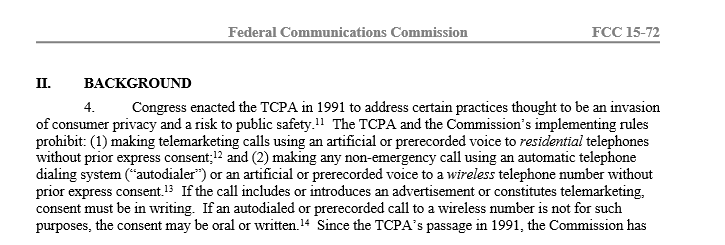
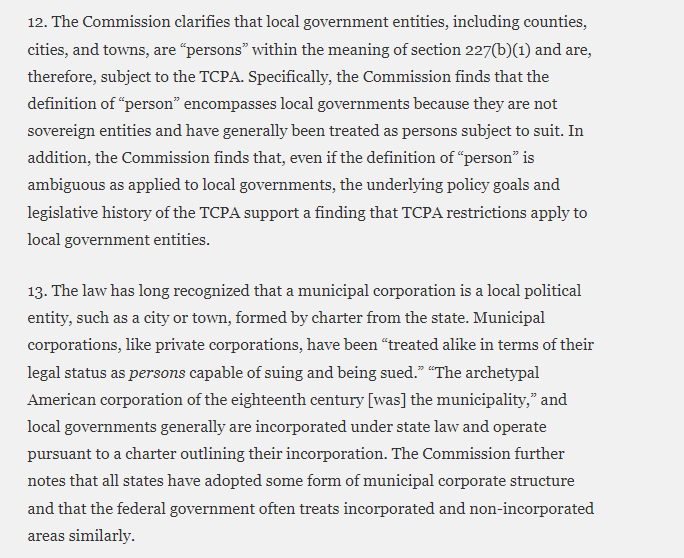


Public Alert and Warning Essentials - Information on creating policies and procedures that work for your agency. This is a list of suggestions for creating standards for your agency when it comes to public communication.
--------------------------------
Identify Hazards - Identify your jurisdictions' hazards and vulnerabilities. This process will help your agency determine the types of events that would qualify at each level of public communication.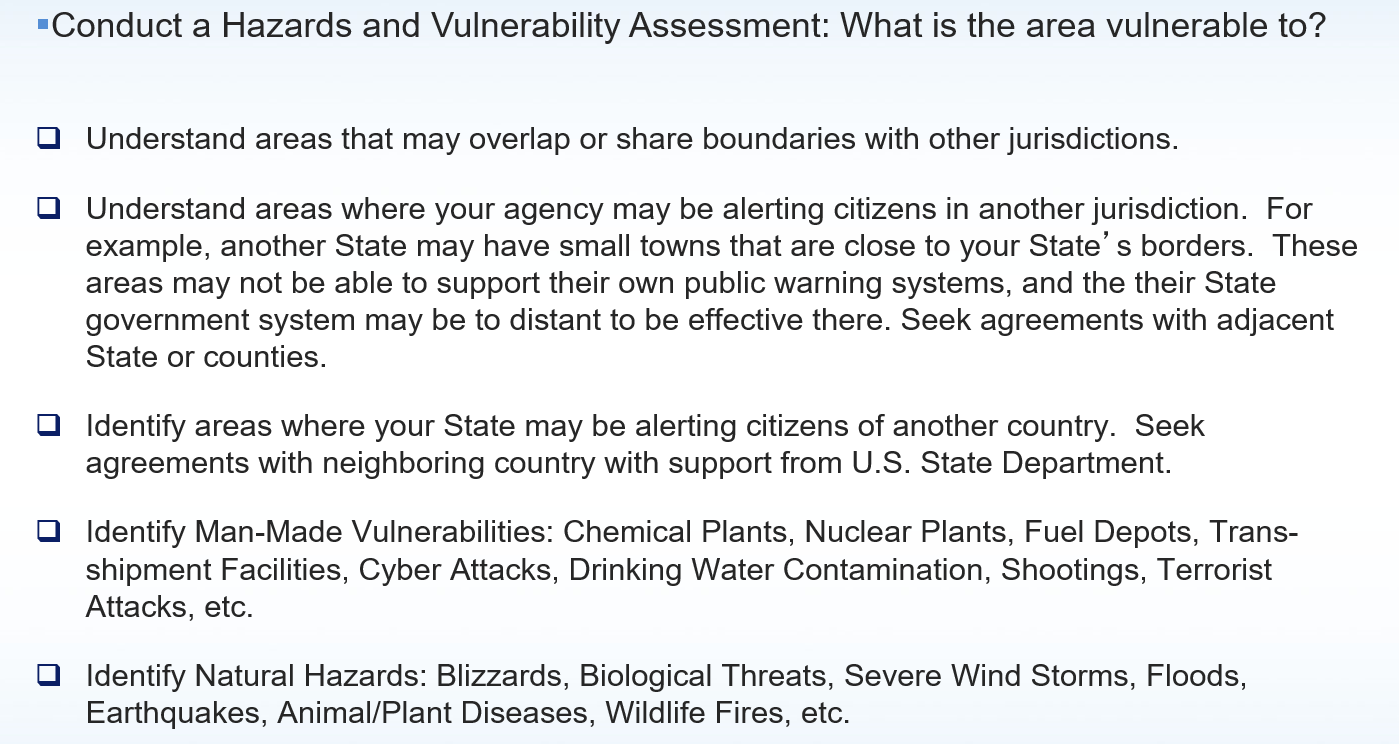
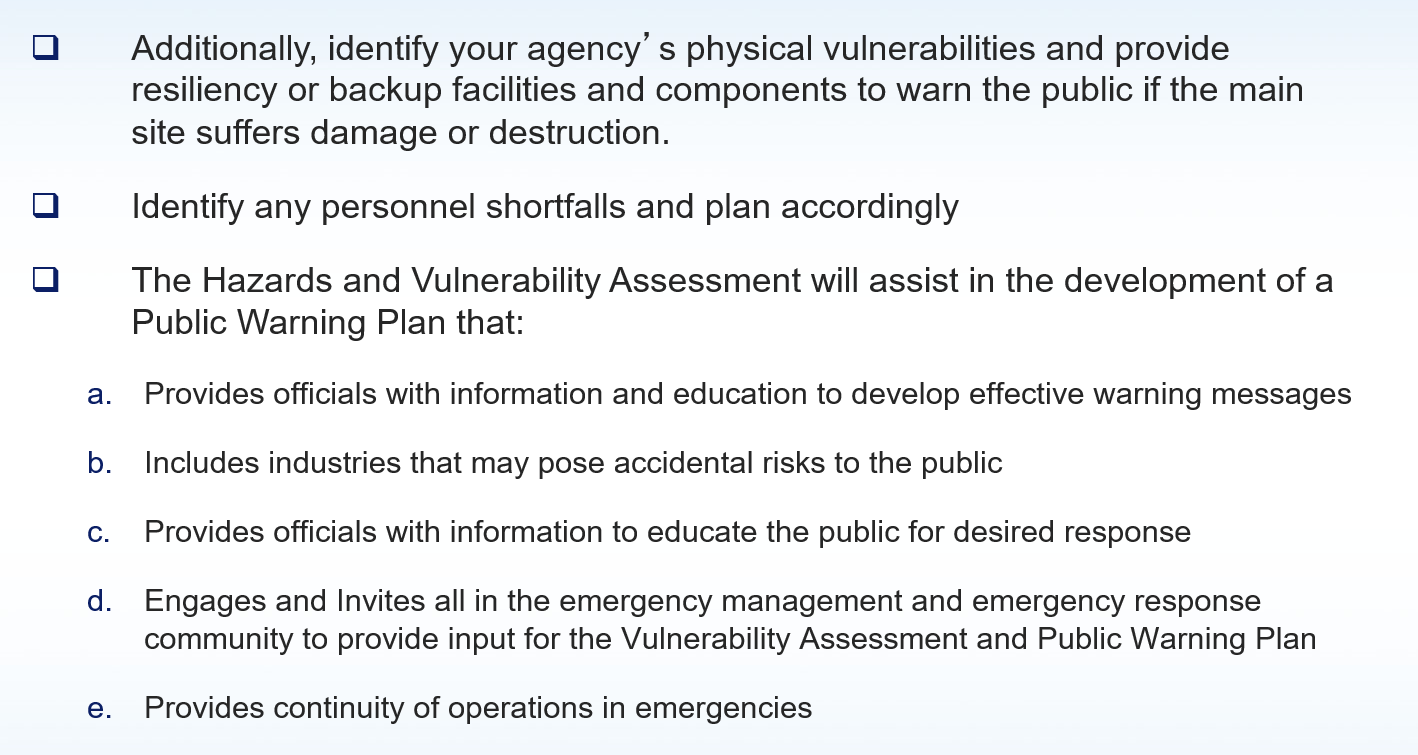
Document - Document the needs for each hazard. Who needs to know, when do they need to know and how do they need to know.
Authorization - Clearly identify who is authorized to originate and manage the alerts being sent and to which delivery methods.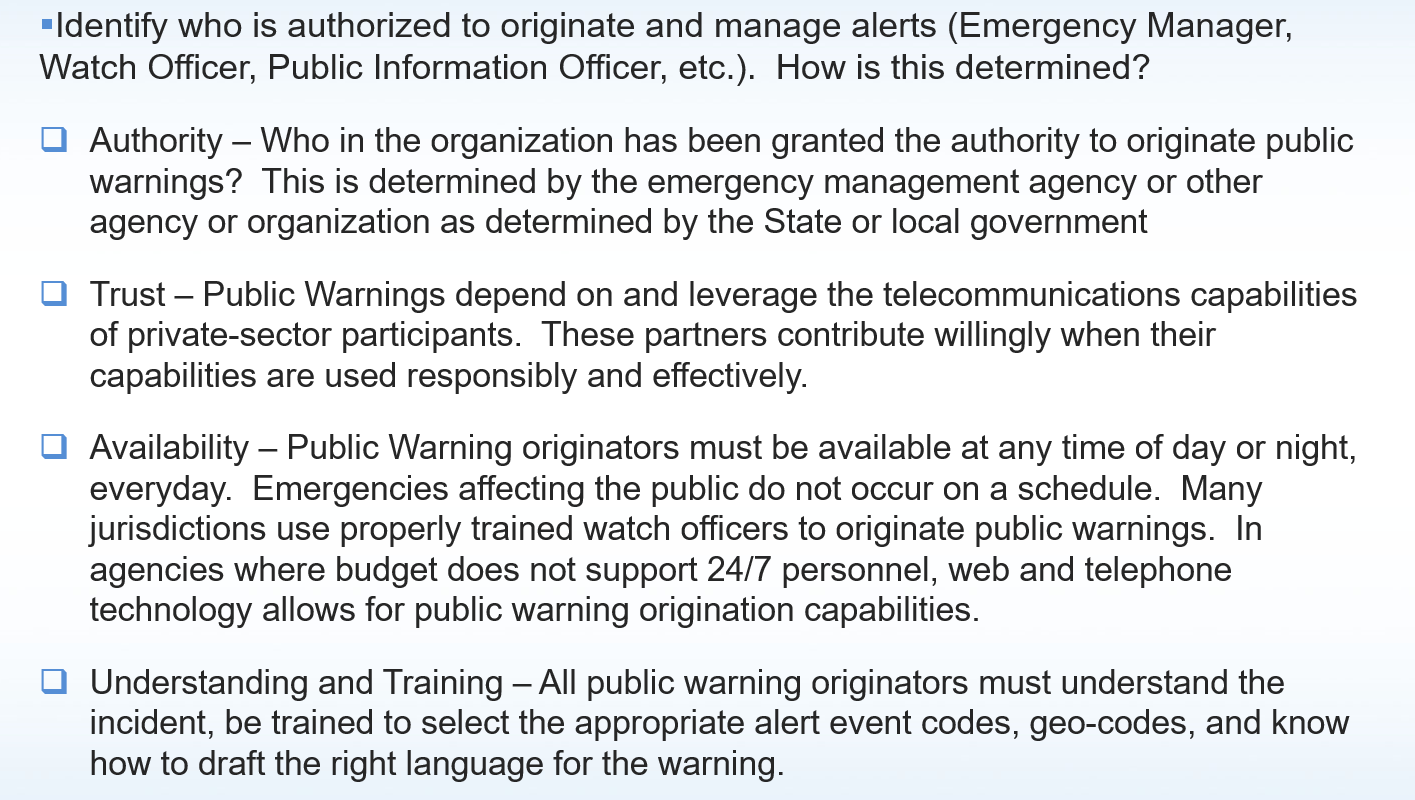
Engage Partners - Seek advice and council from warning partners (NWS, broadcasters, neighboring counties/agencies) and vendors, such as Konexus, for help with policies.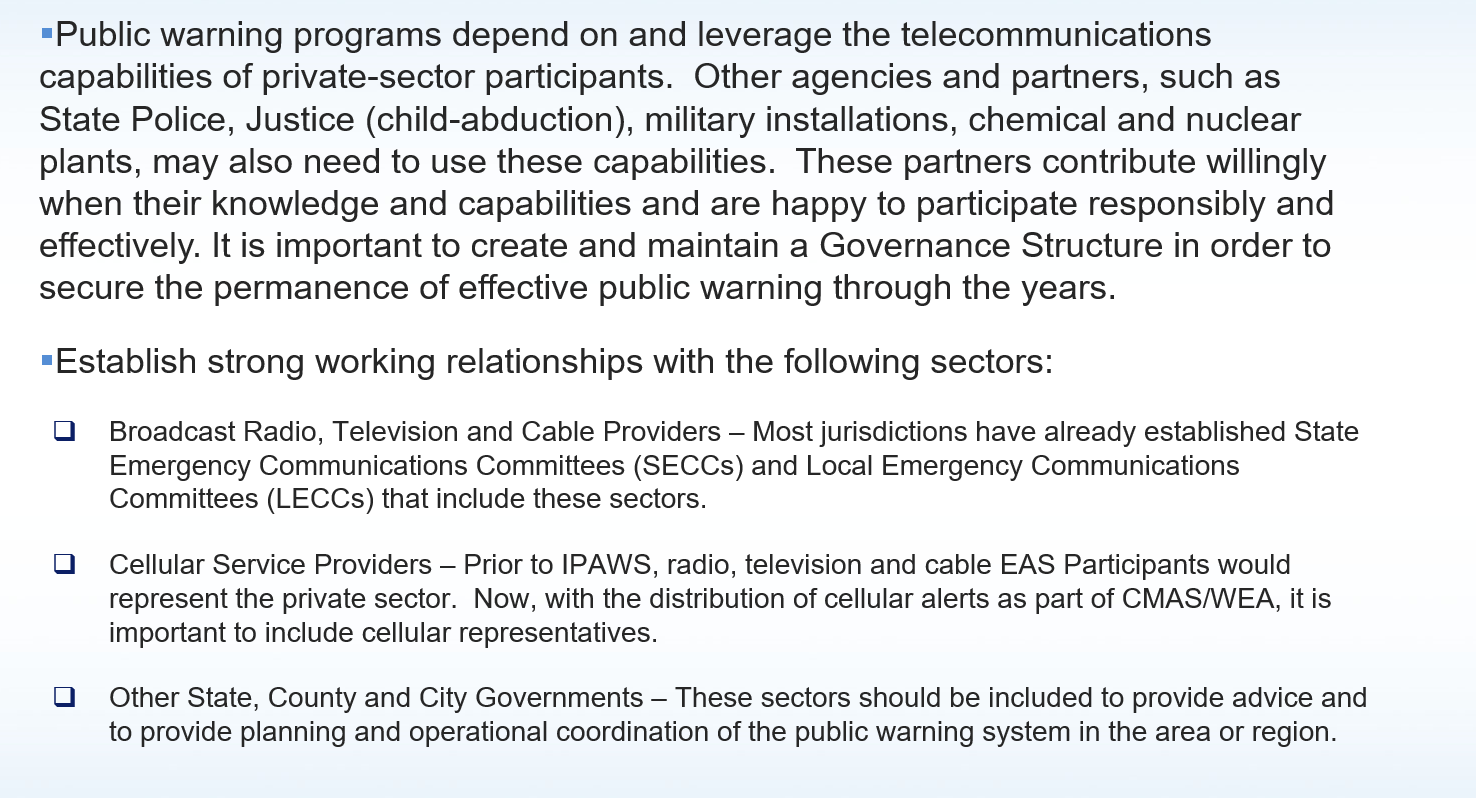
Develop Policies - Develop clear and repeatable warning policies, guidelines and procedures, training, test and exercise plans.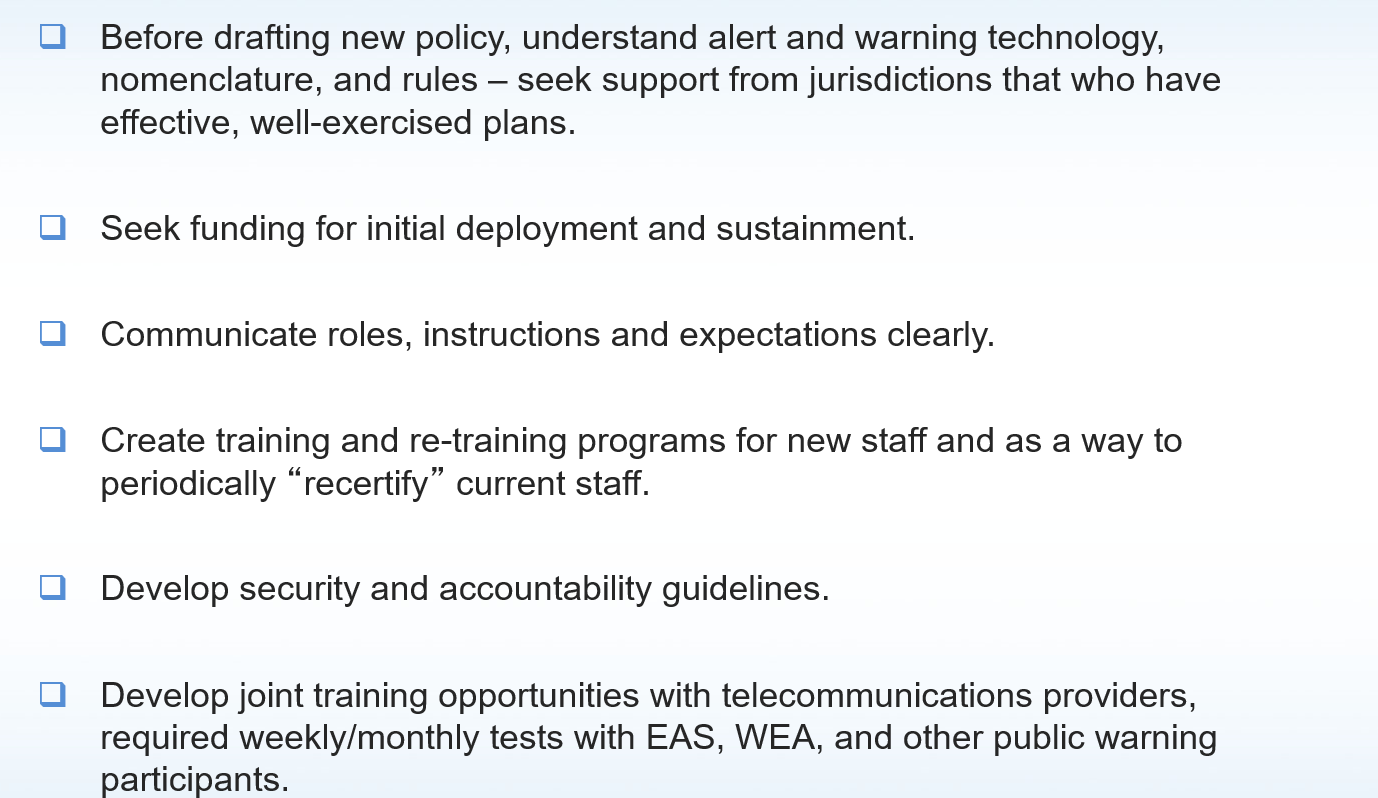
Update Plans - Review and frequently update public warning plans and policies in close coordination with all partners.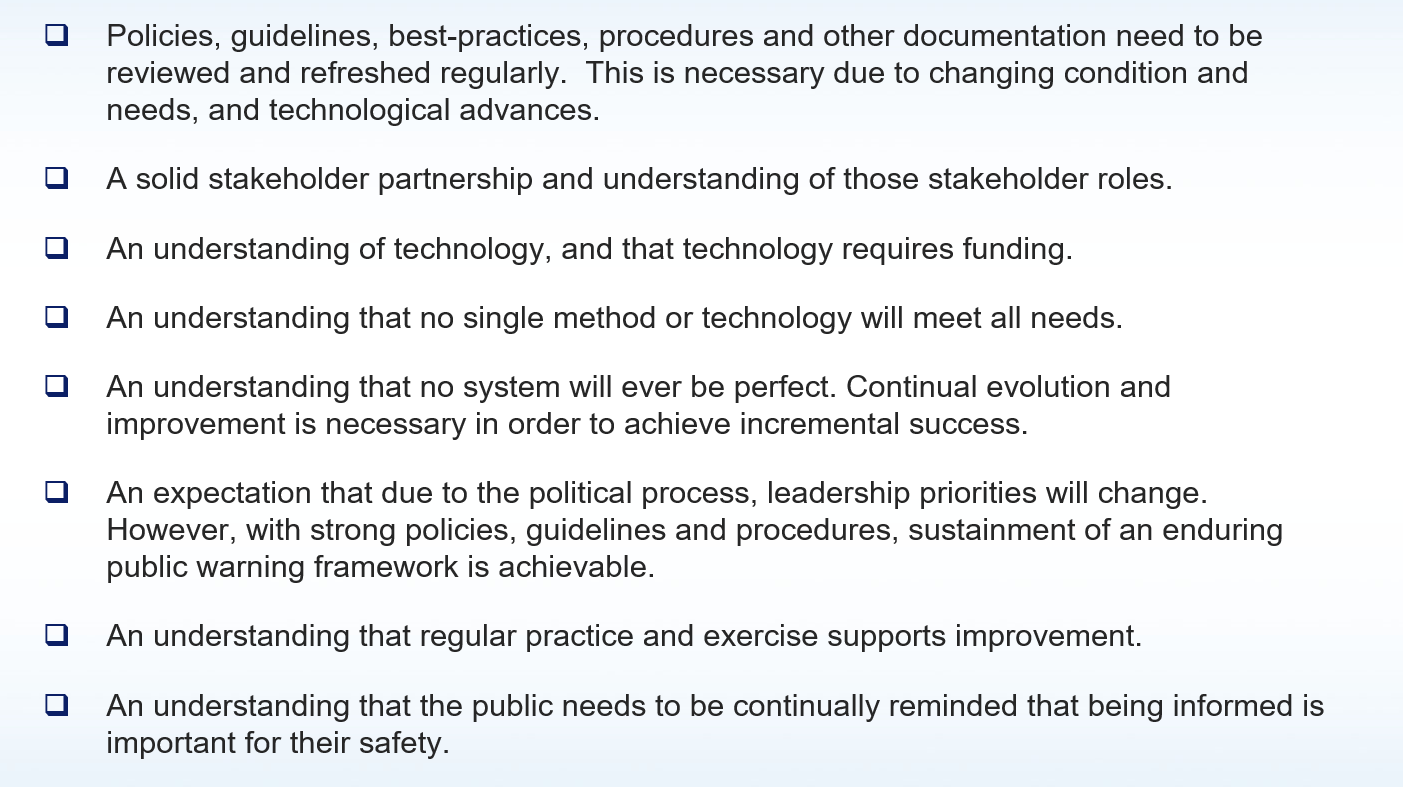
Educate - Educate the public on the importance of being informed, the use of warning sources and what to expect.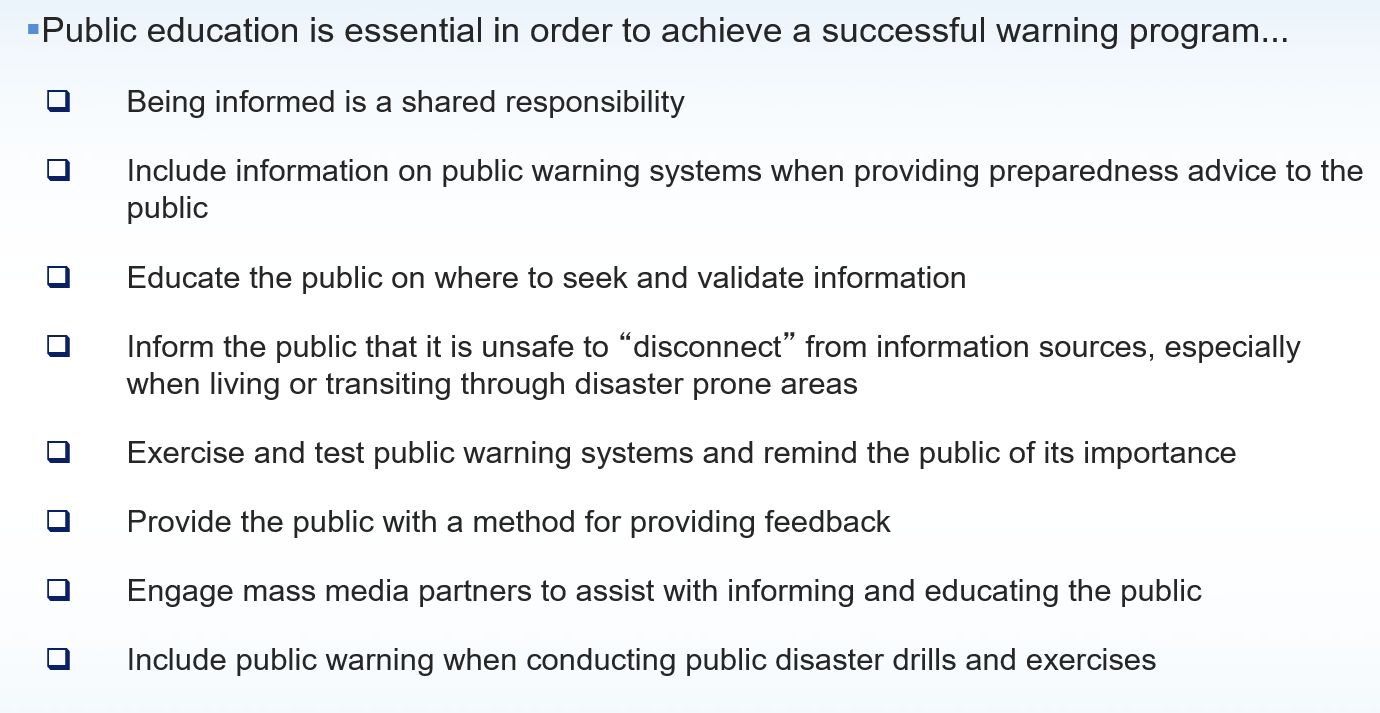
TEST - All administrators should feel comfortable using the system. Send test alerts internally and run exercises frequently.
All governments have an obligation to protect their citizens. Alert and Warning strategies need to take into consideration the type of event and deliver these messages according to the severity of the event to avoid alert fatigue.
What is Alert Fatigue?
Alert fatigue, also called alarm fatigue, is an instance where an overwhelming number of alerts causes an individual to become desensitized to them. Alert fatigue can lead to a person ignoring or failing to respond to safety alerts.
If your agency is sending phone calls for non-emergency events, your public will begin to ignore these calls. The result of this is non-responsiveness for actual emergency events that require action, or simply unsubscribing from alerts all together.
